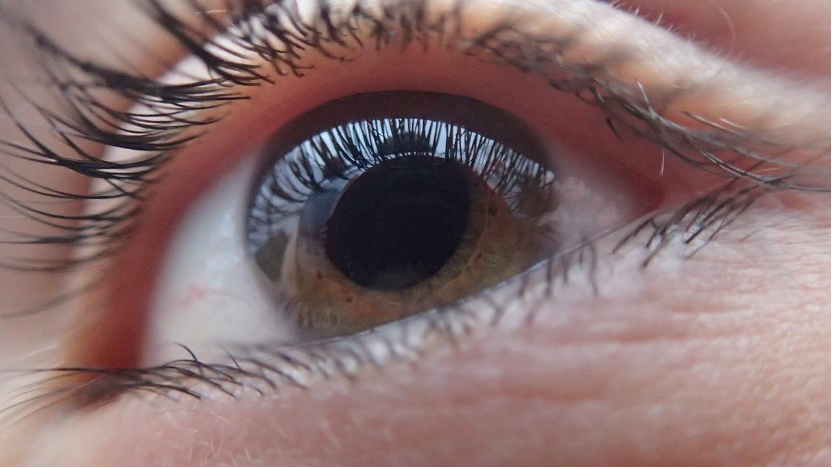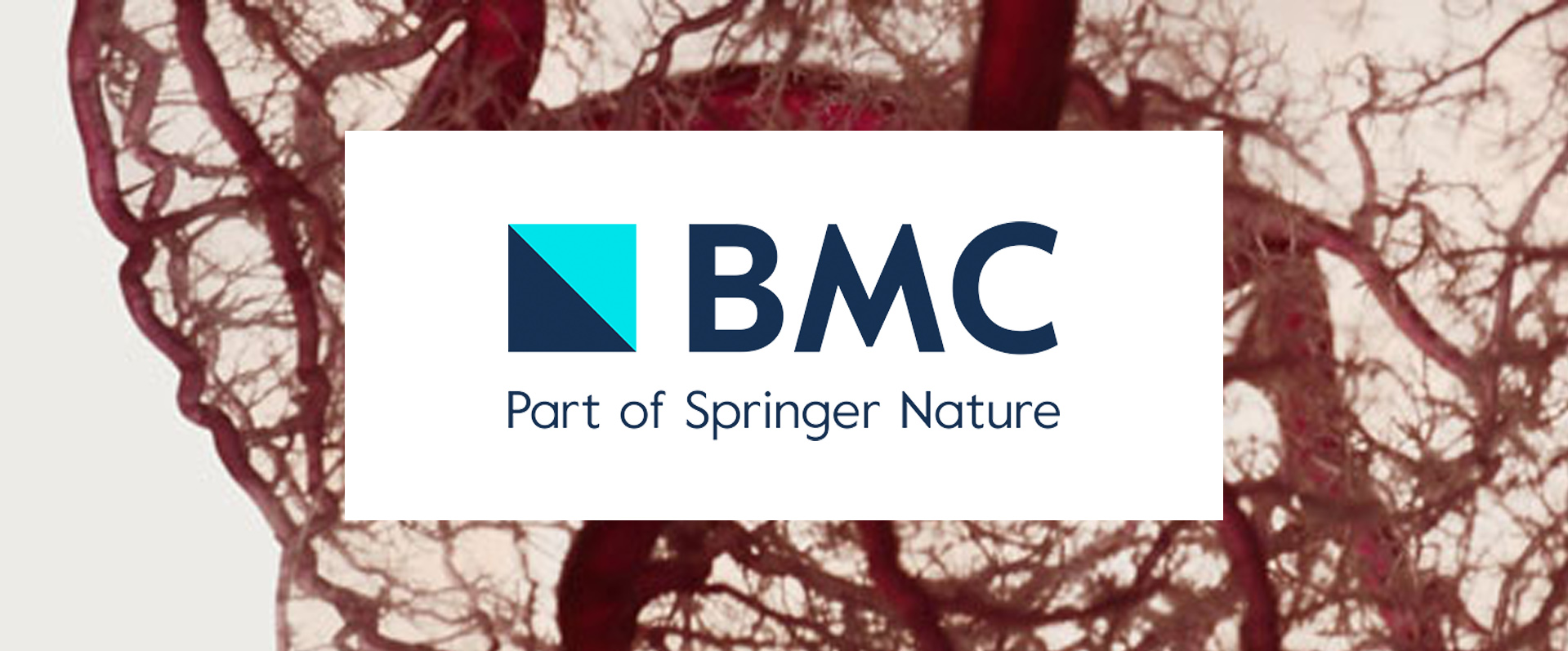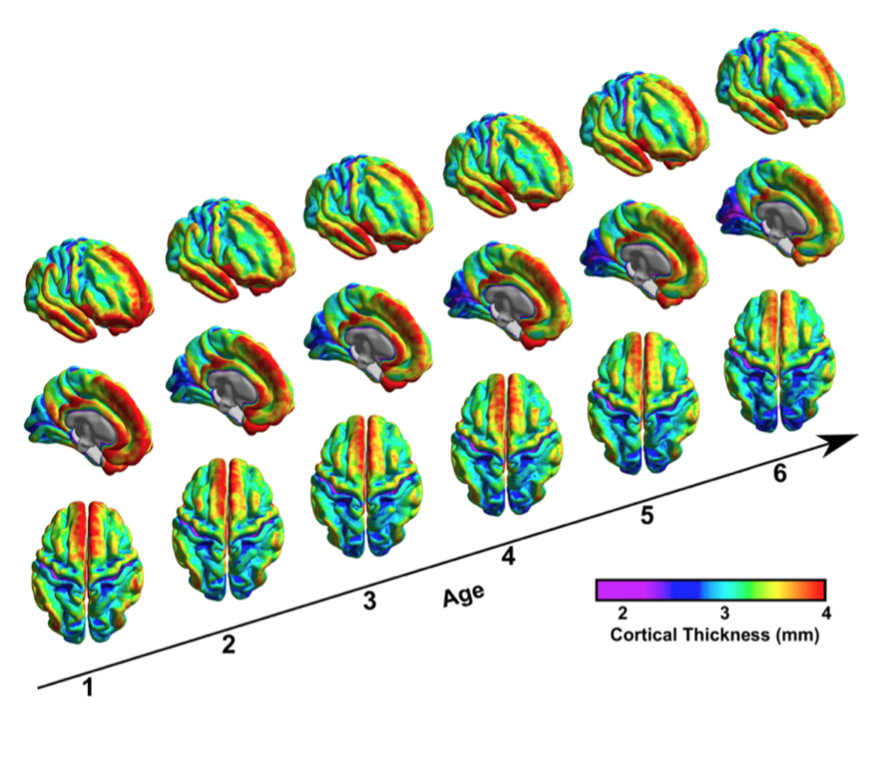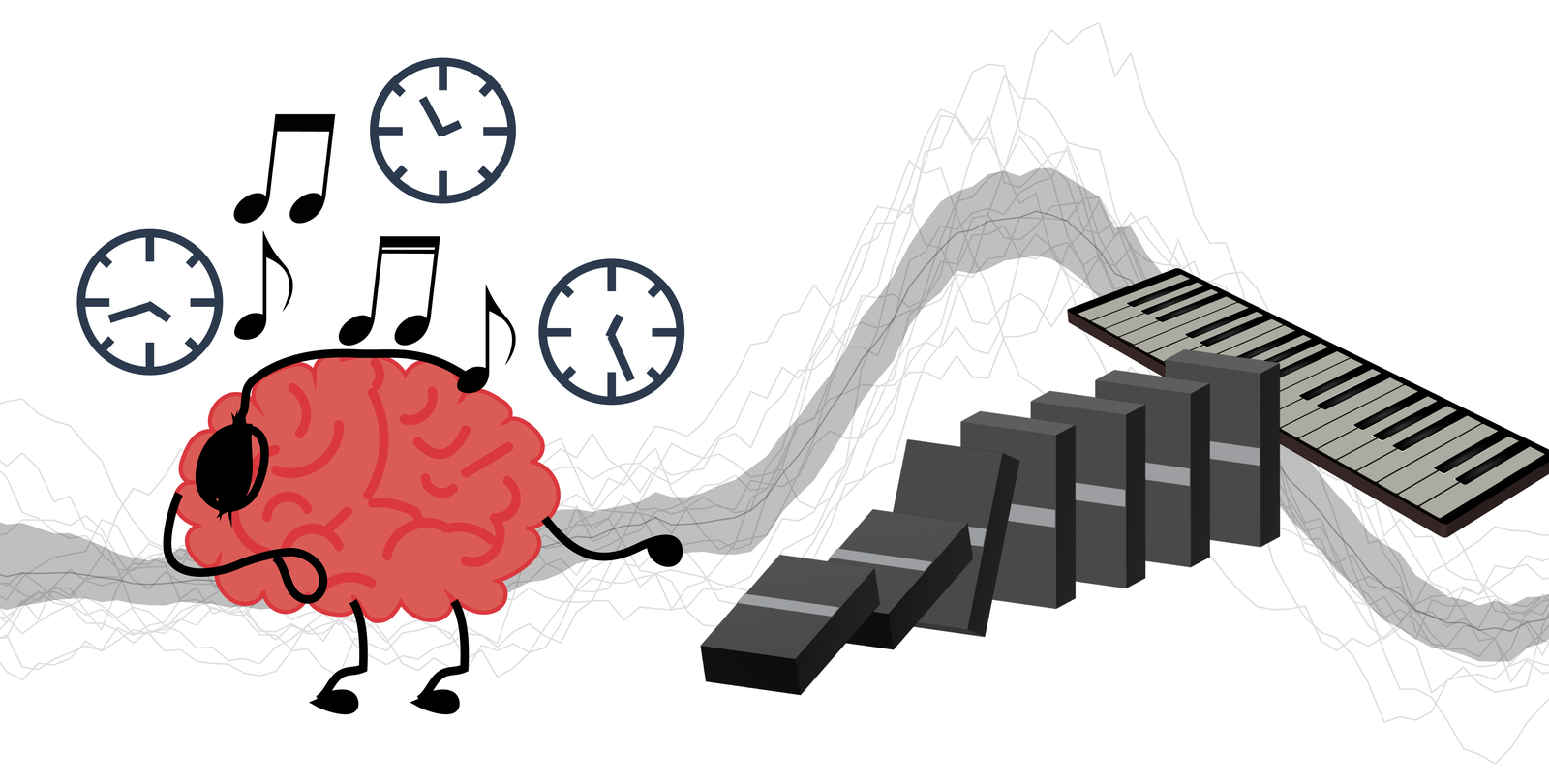-
Caltech to Study How the Brain Responds to Virtual Environments

The rise of social media has meant that social and professional interactions are increasingly carried out online. This trend is expected to continue in the coming decades, as the digital world becomes more immersive and realistic. To understand how the human brain might be affected by this shift, Dean Mobbs, professor of cognitive neuroscience, is […]
-
Cell Reports: Wei Lu and Tifei Yuan Collaborate on Research in New Mechanism behind Synaptic Plasticity and Memory Consolidation

August 16, 2022. A research group led by Dr. Wei Lu from Fudan University and Southeast University collaborated with a group led by Tifei Yuan, a Tianqiao and Chrissy Chen Institute Investigator, professor at Shanghai Jiao Tong University and doctoral supervisor at Shanghai Mental Health Center, to publish a paper in Cell Reports titled Trafficking […]
-
A Large-Scale Prospective Cohort Study on Dementia Reveals Three Cups of Tea Per Day Produces the Strongest Protective Effect

Dementia is an important public health concern with about 55 million cases worldwide and an incidence of more than 10 million new cases each year. Dementia has become a major cause of disability, dependency and mortality among older people. Emerging research, from animal experiments and cohort studies, however, indicates that drinking either green or black […]
-
Automated intraoperative central sulcus localization and somatotopic mapping using median nerve stimulation

The central sulcus (CS) is an important landmark in the brain that delineates functional cortical regions essential in neurological resection or surgery. Dr. Gerwin Schalk, Director of the Chen Frontier Lab for Applied Neurotechnology, and a team of scientists and researchers from other universities developed a new, automated procedure that uses median nerve stimulation (MNS) […]
-
Cataracts May Increase Risk of Incident Dementia: A Prospective Cohort Study by Chinese Scholars

Are cataracts associated with dementia? Chinese scholars discovered through a prospective cohort study of more than 300,000 participants that cataracts can lead to structural changes and a reduction in size of the hippocampus, an important brain region associated with the visual cortex and cognition. Their research indicated that timely surgical treatment for cataract patients is […]
-
Good Sleep, More Physical Activity, Fewer Sedentary Behaviors Can Reduce Risk of Dementia by 41%: A Cohort Study

Chinese medical experts discovered through a cohort study including more than 430,000 participants (median follow-up 9.0 years) that a combination of seven hours of sleep/day, moderate-to-high leisure-time physical activity (LPTA), and low-to-moderate sedentary behavior can reduce the risk of dementia by 41%. These three types of regulatory behaviors have a combined effect over the risk […]
-
TCCI® Investigator Jintai Yu’s Team Reveals New Approach to Prevent Dementia, Insomnia and Depression

Recently, Jintai Yu, Tianqiao and Chrissy Chen Institute Investigator and professor from Fudan University-affiliated Huashan Hospital and his team jointly published a paper titled “Time spent in outdoor light is associated with the risk of dementia: a prospective cohort study of 362094 participants” on BMC Medicine, in collaboration with Professor Lan Tan’s team from Qingdao […]
-
TCCI Investigator Yang Zhi Publishes Paper on a Technology Dynamically Tracking State Anxiety via Multi-modal Data and Machine Learning

Professor Yang Zhi, Tianqiao and Chrissy Chen Investigator and a member of Jiao Tong University School of Medicine affiliated Shanghai Mental Health Center Shanghai and his team recently published a paper in Frontiers in Psychiatry, which introduces a tracking model of state anxiety with high temporal resolution. To capture the dynamic changes of state anxiety […]
-
Chinese Scientists Draw Growth Curve of Golden Phase of Brain Development for the First Time

TCCI Investigators Yang Zhi and Yuan Tifei are co-authors TCCI Investigators, Professor Yang Zhi and Professor Yuan Tifei from the Mental Health Center affiliated with Shanghai Jiaotong University School of Medicine, Professor Fu Junfen and Director Zhang Hongxi from The Children’s Hospital affiliated with Zhejiang University School of Medicine and other co-authors jointly published […]
-
New Insights into the Neuroscience Behind Conscious Awareness of Choice

When you absentmindedly reach out to pick up your cup of coffee and take a sip, what happens in your brain? Many studies have shown that brain activity begins to ramp up even before you are aware of your choice to move. But this poses a conundrum: Do we have free will to make our […]